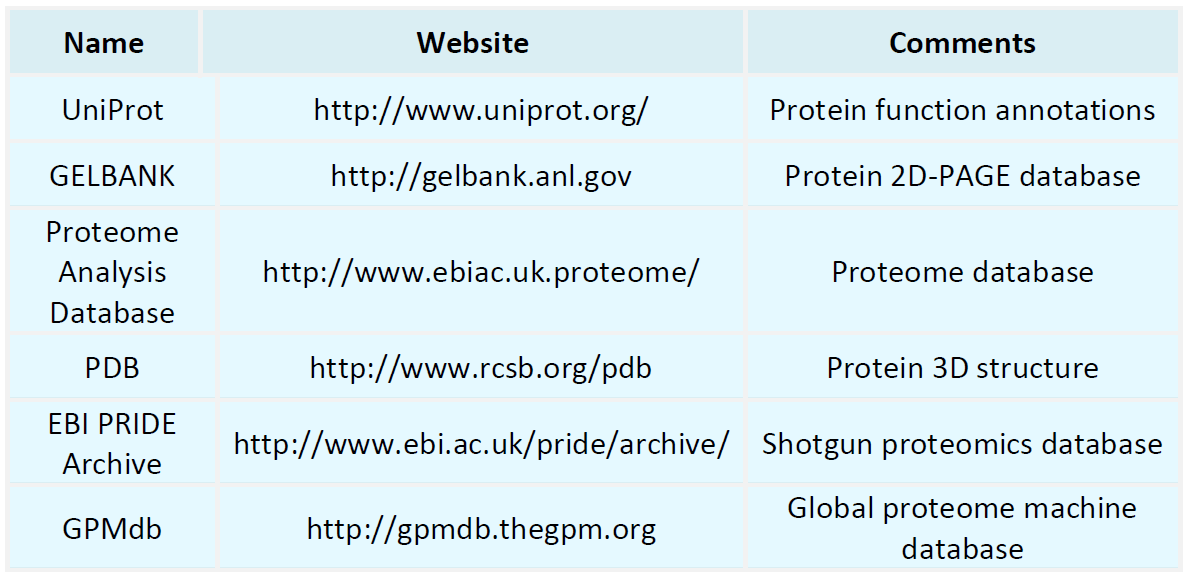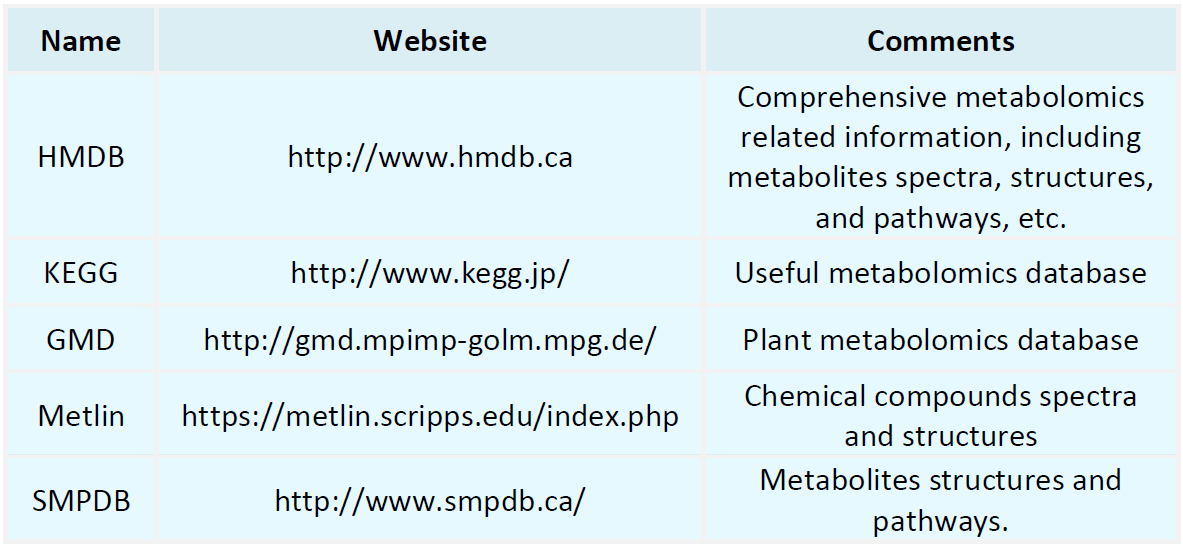Resources
Proteomics Databases

Metabolomics Databases

-
Light scattering, as efficient and accurate techniques for protein molecular weight determination, have broad applications in biology and biopharmaceuticals. By combining Static Light Scattering (SLS) and Dynamic Light Scattering (DLS), researchers can obtain multidimensional information about protein molecular weight, aggregation states, and stability, which is crucial for protein structural-functional analysis, drug development, and quality control in production processes. As the technology contin......
-
• 8 Essential Protein Molecular Weight Determination Tools to Get Accurate Results
In the fields of life sciences research and biopharmaceuticals, protein molecular weight determination is a crucial step in identifying and analyzing protein characteristics. Efficient and accurate molecular weight determination methods help researchers quickly obtain experimental data, ensuring the reliability of the results. Common techniques for protein molecular weight determination include Matrix-Assisted Laser Desorption/Ionization Time-of-Flight Mass Spectrometry (MALDI-TOF-MS), Electrospray Io......
-
Protein molecular weight determination is a critical method for studying the structure, function, and biological properties of proteins. Ultracentrifugation, based on centrifugal forces and solution dynamics, plays a pivotal role in determining protein molecular weight, aggregation states, and interactions. Unlike SDS-PAGE, mass spectrometry, and gel filtration, ultracentrifugation directly measures the true molecular weight of proteins in solution, without the need for external calibration standards.......
-
Protein molecular weight determination is crucial in various fields, including protein structural analysis, functional research, drug development, and disease diagnosis. Accurate measurement of molecular weight not only enhances our understanding of protein structure and function but also serves as a tool to identify protein modifications, aggregation behavior, and complex composition. Several techniques have been developed for this purpose, including gel electrophoresis, mass spectrometry (MS), analy......
-
• Protein Molecular Weight Determination by Gel Filtration: Key Points, and Practical Applications
Protein molecular weight determination plays a crucial role in understanding the structure, function, and biological properties of proteins. Gel Filtration Chromatography (GFC), also known as Size Exclusion Chromatography (SEC), is a technique that separates proteins based on molecular size. This method is extensively used in protein purification, molecular weight estimation, and complex formation analysis. This paper delves into the foundational principles, essential experimental considerations, data......
-
• Applications and Advantages of SDS-PAGE in Protein Molecular Weight Determination
Protein Molecular Weight Determination is a fundamental experimental technique in life science research, essential for analyzing protein structure, evaluating expression levels, and testing purity. Among the various methods, SDS-PAGE (Sodium Dodecyl Sulfate-Polyacrylamide Gel Electrophoresis) is highly favored due to its efficiency, cost-effectiveness, and reproducibility. This paper explores the principles, procedures, applications, benefits, and limitations of SDS-PAGE, emphasizing its critical role......
-
• Protein Molecular Weight Determination: Key Methods, Techniques, & Applications
The basic principle of protein molecular weight determination is to quantify the mass of protein molecules using physical methods. Mass spectrometry, particularly matrix-assisted laser desorption/ionization time-of-flight mass spectrometry (MALDI-TOF-MS), has become an indispensable tool in protein research due to its high sensitivity and accuracy as an efficient approach for protein molecular weight determination. Molecular weight not only reflects the size and complexity of proteins but also provide......
-
Protein molecular weight determination is one of the central tasks in structural biology, proteomics, and biopharmaceutical research. Mass spectrometry (MS), as a high-precision and high-sensitivity analytical technique, plays an indispensable role in protein molecular weight determination. This article provides an in-depth analysis of the principles, advantages, limitations, and developments of mass spectrometry in protein molecular weight determination, aiming to enhance researchers' understanding a......
-
• The Secret to Accurate Protein Molecular Weight Determination
The key to accurate protein molecular weight determination is a crucial factor in ensuring the success of protein function and structure research. Accurate protein molecular weight determination plays a critical role in fields such as life sciences, drug development, and proteomics. Whether for structural analysis, functional studies, or biomarker discovery, precise molecular weight data is indispensable. However, due to the inherent complexity of proteins, experimental errors frequently arise, leadin......
-
• How to Determine Protein Molecular Weight for Precise Research Findings
Precise molecular weight data not only aid researchers in understanding protein structure and function, but also play a critical role in areas such as biopharmaceuticals, protein interaction studies, and disease biomarker discovery. However, obtaining high-precision and reproducible protein molecular weight data remains challenging due to the inherent complexity of proteins and the limitations of various measurement techniques. This paper will explore strategies for determining protein molecular weigh......
How to order?







